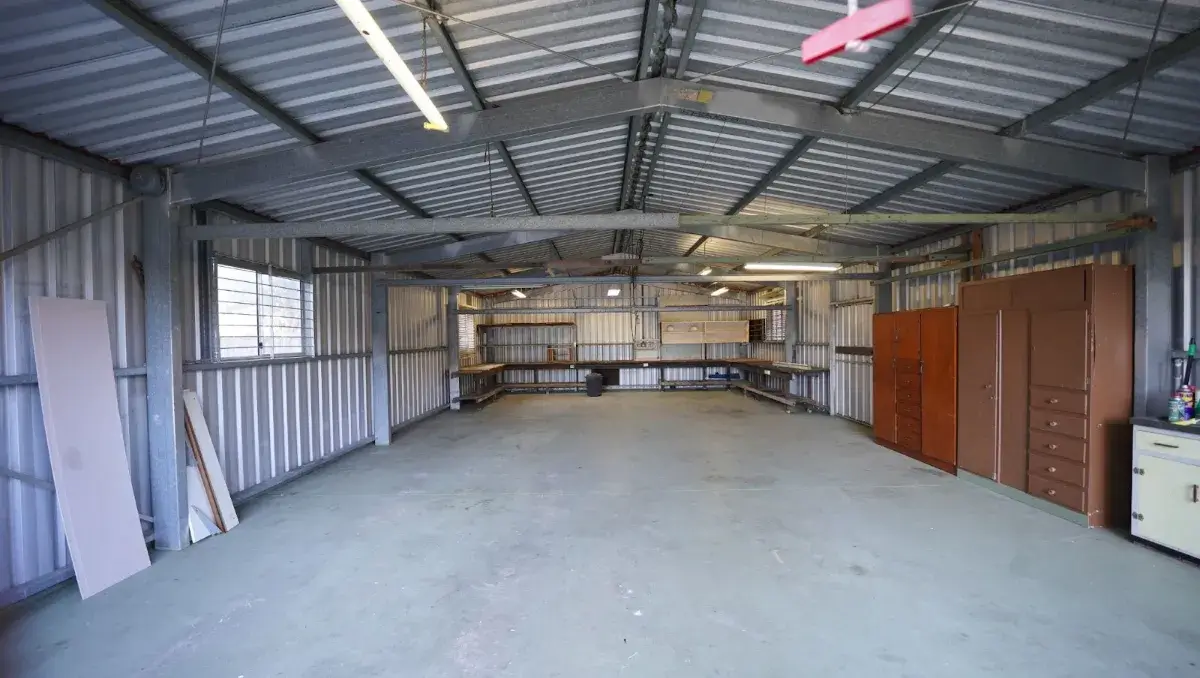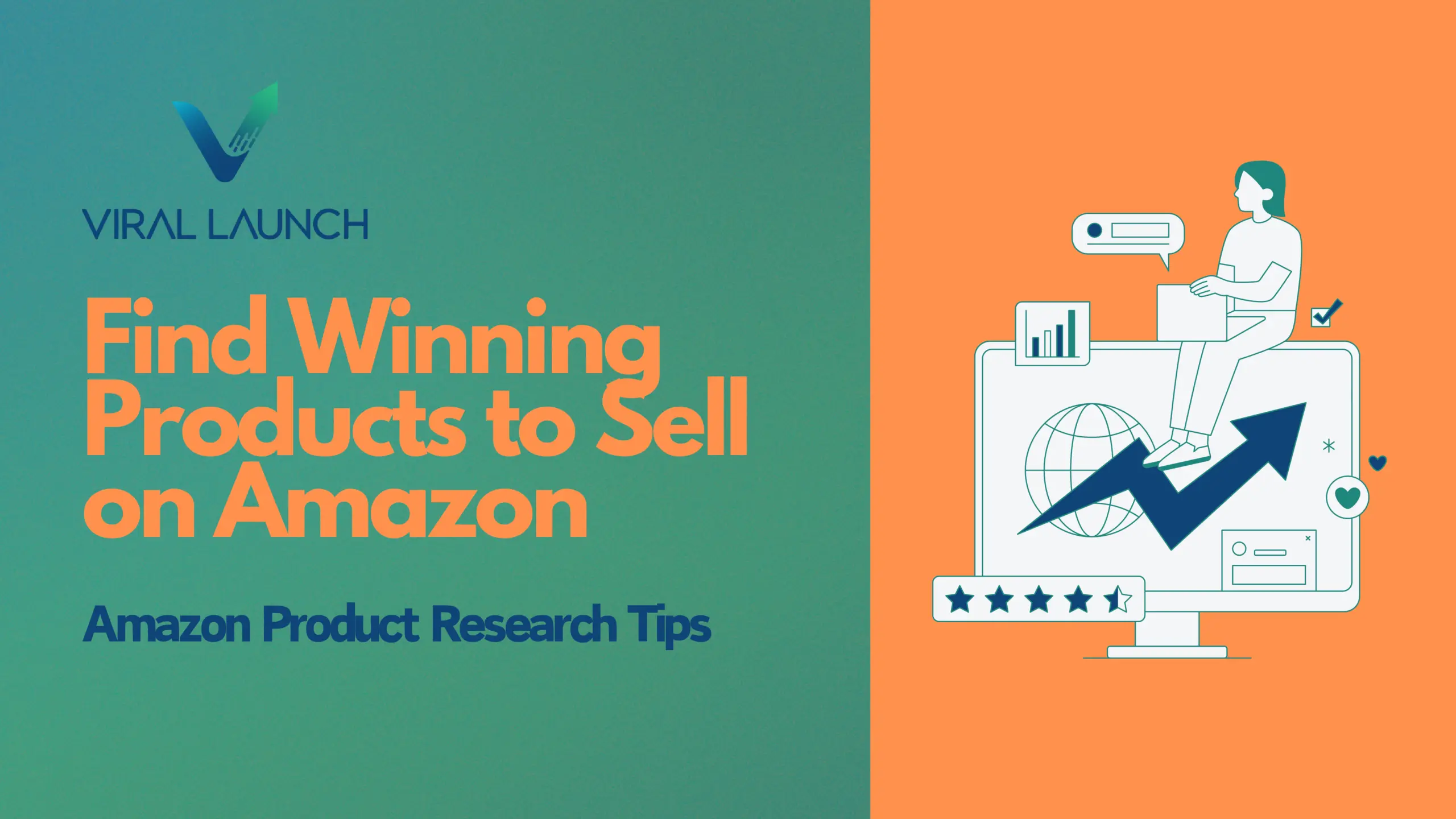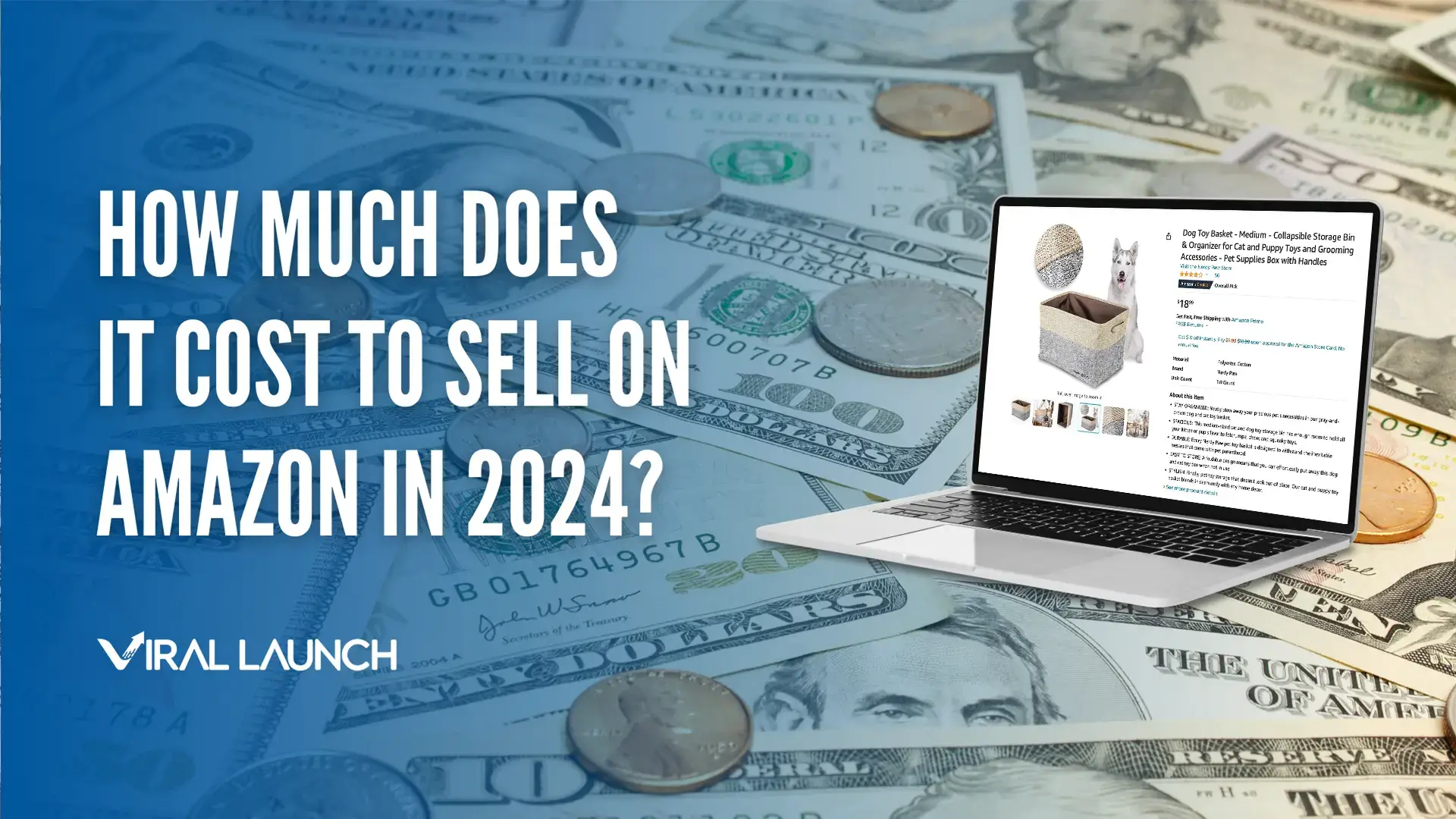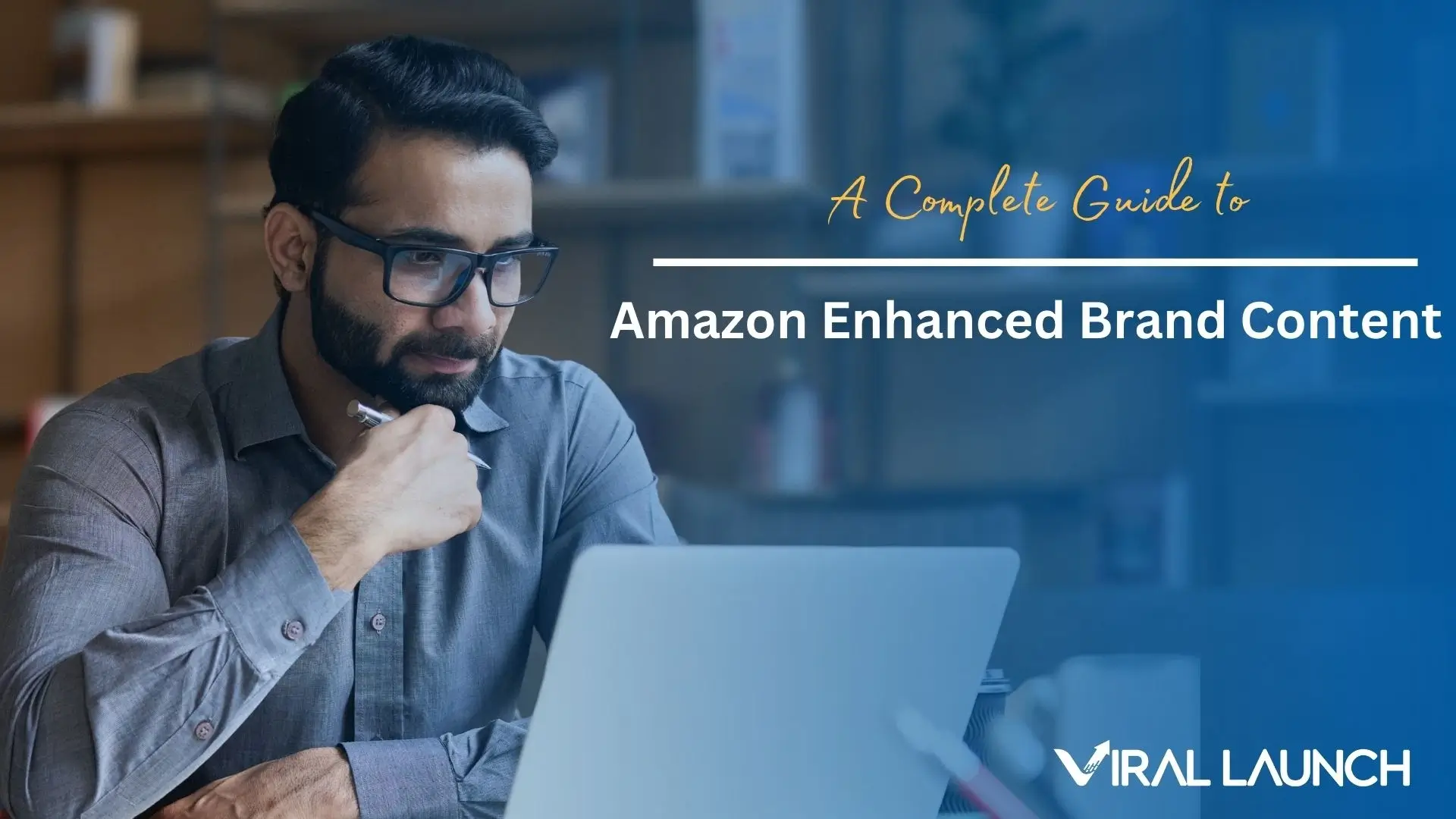Starting an Amazon business can be highly lucrative, but one of the downsides to selling on Amazon is needing space to store the products you sell.
As your business expands, so do the requirements for space. The need to streamline the process of getting products shipped to customers.
In this post, I will explain how to sell on Amazon without inventory and the different ways to run an Amazon store that require little-to-no involvement with actual physical inventory.
Amazon FBA
FBA stands for Fulfilment By Amazon.
FBA is the process of selling and shipping products through the Amazon platform. It is the most popular way of running an Amazon business with 96% of sellers choosing the FBA business model.
How does FBA work?
The seller sends all inventory directly to the Amazon Fulfillment centers, and then Amazon handles all aspects of selling, storage, and shipment for you.
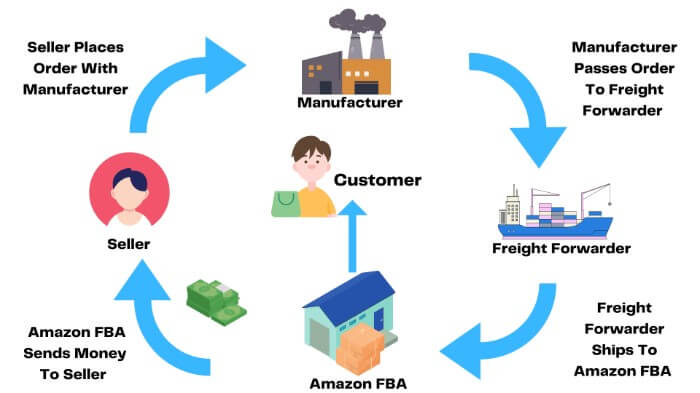
This allows sellers to focus on the more important aspect of the business, like sourcing more products to sell and launching them to increase their profits.
The Pros Of Selling With Amazon FBA
There are many benefits of running an Amazon FBA Business, here are some of them:
- You’re able to sell private-label products online without having to hold any inventory yourself.
- Amazon will keep your products in their Amazon fulfillment centers and send them out to the customer as soon as they order.
- Over 200 Million customers are searching for products on Amazon per month. The FBA business model allows you to take a slice of the very large pie that already exists.
- Amazon FBA requires very little time commitment after the initial setup, making it perfect for those just getting started with online businesses.
- You can access powerful analytics tools to track the performance of your products.
The Cons Of Selling With Amazon FBA
Selling with Amazon FBA is a great way to generate passive income, but it doesn’t come without its problems:
- FBA is a competitive business model, but there are many great free FBA courses that can guide you to get an advantage over the competition
- Starting an FBA business can require a high financial investment in wholesale quantities of inventory.
- You are not in control of the customer service experience for your products (although the FBA experience tends to be world-class)
- You may find it difficult to differentiate yourself from other sellers on Amazon.
Dropshipping
Dropshipping is a business model where the seller doesn’t actually hold any inventory, but instead uses a third-party supplier to ship products directly to the customer.
Dropshipping is the best way to sell on Amazon without inventory. Not only do you not need to store inventory – you don’t even need to own any!
How Does Dropshipping Work?
You simply act as the middleman between your customers and the supplier who stocks the product.
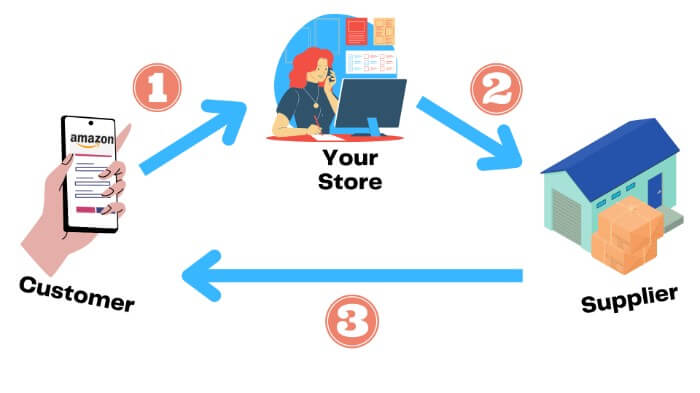

Once a customer places an order on your Amazon store, you then forward the order to your supplier who will then send the product directly to the customer.
The Pros Of Dropshipping
• No need to purchase or store any inventory.
• Can offer a wide variety of products without investing in additional storage space or staff.
• You don’t need to worry about shipping or packaging orders.
• You can focus more on marketing and growing your sales rather than managing the day-to-day operations.
• Overhead costs are much lower as there is no need for additional storage space.
The Cons Of Dropshipping
• Less control over the quality of the products being shipped as you are relying on a third-party supplier.
• Highly competitive business model, so you may have lower profit margins in order to compete.
• The customer service experience is out of your hands and any issues relating to delivery or product quality must be handled by the supplier.
• There may be delays in getting orders processed
Use Third-Party Logistics Companies
Third-Party Logistics (3PL) companies are businesses that provide outsourced services such as warehousing, inventory management, and order fulfillment.
Essentially, A third-party logistics company would offer the same service as Amazon FBA.
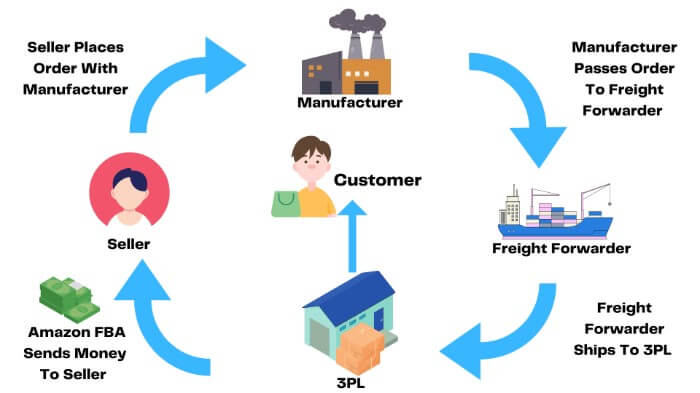

3PLs help sellers save time, money, and resources by managing the shipping process for them and are a great way to sell on Amazon without inventory.
For some sellers, using a 3PL may not make the most sense. Amazon FBA could offer the same service, but more efficiently run and cost-effective for sellers.
Not to mention that a 3PL wouldn’t be able to offer the same next-day delivery service as FBA would to Prime members.
The best time to consider working with a 3PL is when you are a new seller. Especially a new seller who wants to increase their storage capacity during sales events, like Black Friday or Prime Day.
Sellers can add the FBM (Fulfill By Merchant) option to the product listing, and be able to offer higher qualities of products to allow for an increase in sales during the sales event.
The Pros Of Using 3PLs
Much like Amazon FBA, working with a Third-party Logistics company is a great way to run a passive Amazon business. Here are some of the benefits of working with a 3PL:
• No need to manage or store any inventory.
• Access competitive rates without having to pay for additional staff or storage space.
• Increased flexibility in terms of pricing. You won’t be paying for shipping costs upfront or storing your own products.
• You can focus on marketing and growing your business, rather than managing the day-to-day operations.
• You have access to powerful analytics tools to track performance and inventory levels.
• Scale quickly without having to invest in additional staff or storage space.
The Cons Of Using 3PLs
The downside to working with third-party inventory solutions is that Amazon already provides a world-class solution. This is very difficult to compete with.
Here are some of the other cons to working with a 3PL:
• You may not have as much control over customer service as you would if you were handling all of the processes yourself.
• Certain 3PL companies may require minimum orders, which could limit your ability to manage costs effectively.
• There is a risk that something may go wrong with the order fulfillment process and it’s out of your hands if it does.
Sell Digital Products
Selling digital products is the ultimate answer to “how to sell on Amazon without inventory”. Technically, your product doesn’t ‘physically” exist!
Digital products are any type of product that is available in digital forms, such as ebooks, video lessons, software programs, music downloads, etc.
Selling digital products is an attractive option for those who want to know how to sell on Amazon without inventory. It eliminates the need to purchase or store any physical inventory.
The Pros Of Selling Digital Products
• You don’t need to worry about shipping or packaging orders.
• You have access to a global market since you can easily deliver your product digitally in any corner of the world.
• No need to manage returns or defective products. You are simply delivering information rather than a physical product.
• You don’t need to worry about buying or storing any inventory, which reduces overhead costs.
• You can easily scale up your product offering without having to invest in additional storage space or staff.
The Cons Of Selling Digital Products
• Margins may be tight since customers are used to paying significantly less for digital products than physical ones.
• You will have to deal with digital theft, as it is easy for customers to copy and distribute your work without permission.
• There is a risk that the customer may not be satisfied with the product, which could lead to negative reviews or refunds.
• It can take time and resources to create high-quality digital products,
How To Get Started Selling On Amazon
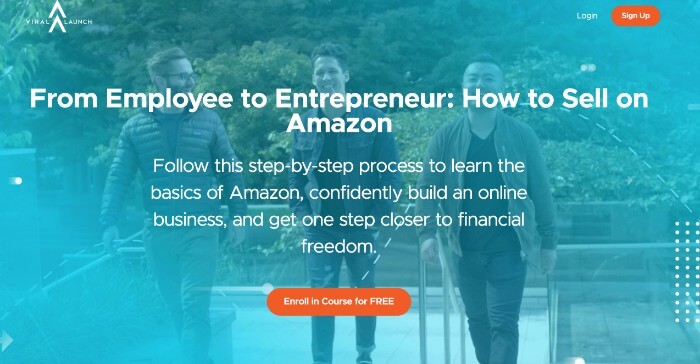

Whether you decided to sell on Amazon leveraging the FBA model, or sell digital products, the process is similar in regards to set up.
If you’re a complete newbie and need some guidance on:
- how to start an Amazon store,
- how to source products,
- how to launch your brand,
- and how to scale your business,
Viral Launch has an incredible FREE course that will show you how to do all of these tasks and more:
In Summary
Hopefully, this post has shown you 4 ways how to sell on Amazon without inventory.
Selling on Amazon without inventory can be a great way to start or expand your business.
There are several options available, such as dropshipping, using third-party logistics companies, and selling digital products.
Each of these methods has its own pros and cons. It’s important to carefully consider which one is right for you before taking the plunge.
No matter what option you choose, with the right strategy in place, you can find success selling on Amazon without investing in any inventory.
